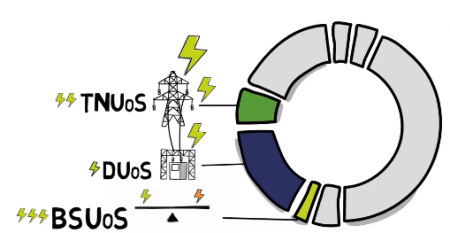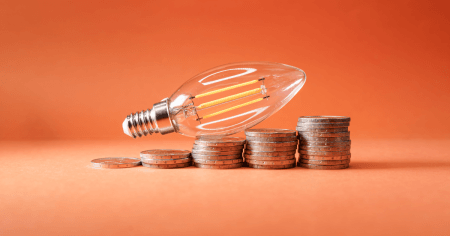
Can e-mobility help solve the climate crisis? The message from the Oxford EV Summit is a resounding ‘yes’.
EDF Energy was headline sponsor of the Oxford EV Summit this year, back for its second run since its inaugural event last July. Things have certainly moved on a lot since then. Last year was about curiosity, about the potential, about the cars themselves. This year was more closely focused on the climate crisis, with Greta Thunberg’s influence presiding over many of the panel talks. This year was also more solution-focused, addressing how we, as industry leaders can accelerate the EV transition and help solve the climate crisis. Finally, this year wasn’t just about the cars but about the wider, flexible energy system and the massive potential that needs to be tapped now if we are to get the most of the EV transition and help save the planet.
Beatrice Bigois: Net Zero is a transformation in How, When and Where we use energy
In her keynote talk which kicked off the event, our MD Customers Beatrice Bigois reinforced that EV’s are fundamental to our journey towards net zero and EDF Energy are committed to this transition with their ambition to be market leader in Europe by 2022. She stressed the positive health impact to EV as well as climate. As a supplier, EDF Energy has a role in making sure that the supply of energy can meet the increased demand for electricity that the EV transition will require. For e-mobility to progress we need to look at demand and how a flexible energy system can ensure we power our transition.
Here’s our key take-outs from the summit on the future of EV if we want it to solve the climate emergency and create better lives.
1) It’s about investment
Birgitte Keulen from the European Investment Bank, the largest multi-lateral funder and biggest climate lender in the world, reminded us that we are way behind in our efforts to solve the climate crisis. The bad news is that we are not on track for hitting our Paris climate targets, but the good news is that EV’s can help, although we are very much at the start of our journey. To put this in context she pointed out that there are 5 million EV’s out of a c1.5 billion vehicle car stock worldwide. The message here is that alongside the climate opportunity there is a huge business opportunity for governments, for manufacturers and for business. Ed Attaii from KPMG highlighted that there’s a potential missed opportunity for the UK here to support manufacturing.
This could also help balance out wealthier and poorer areas so that they don’t get left behind by this transition (similar to the broadband journey). The battery supply chain could really boost the economy and jobs for the future. So how do we catalyse the market? By financing start-ups, investing in innovation for smart charging & flexibility and by taking risks. In Birgitte’s words, we are only doing billions, but we need to be doing trillions. Utilising the used car market for EV’s could also provide a real boost for the economy, so the early hit will be mitigated in the long run.
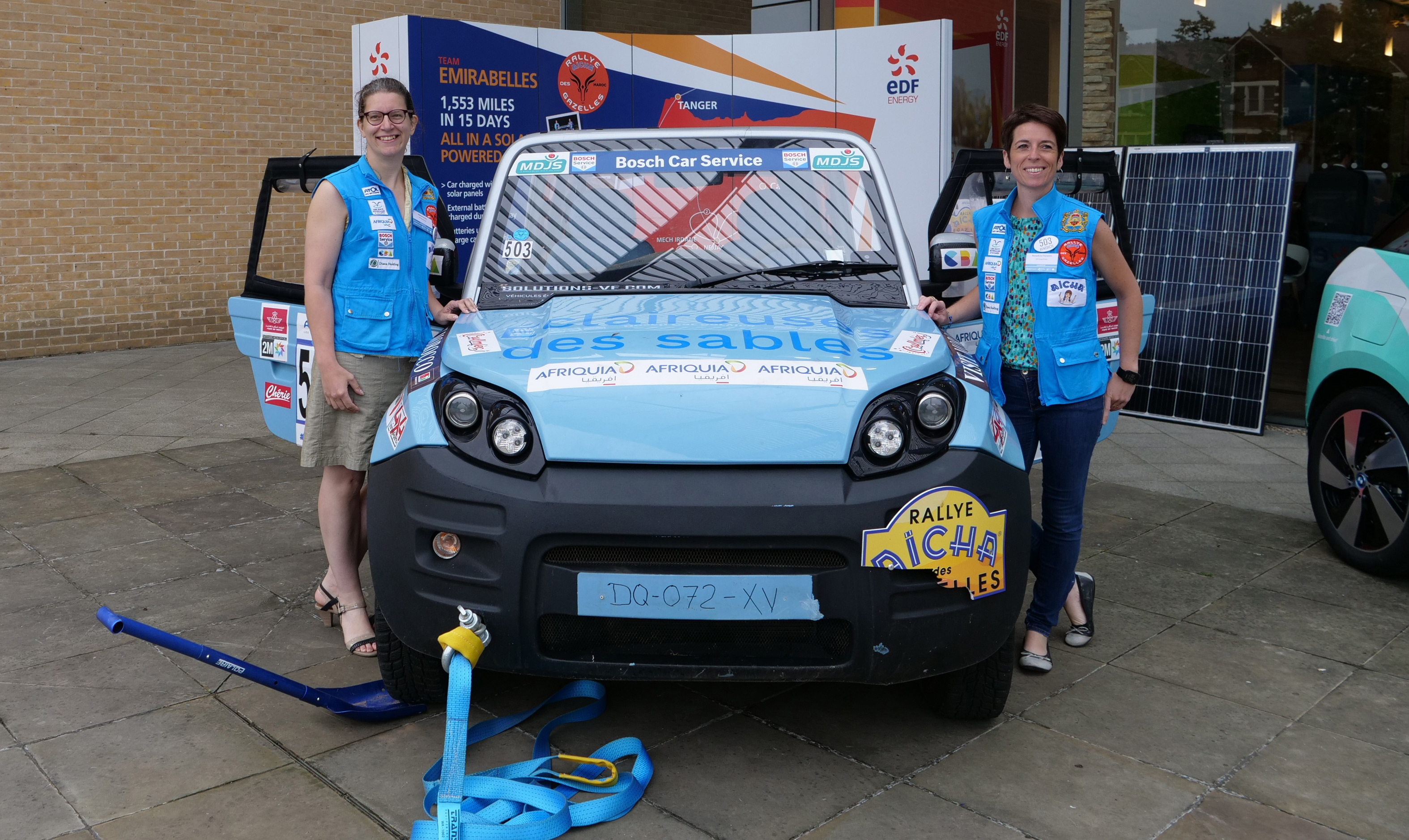
2) It’s about infrastructure
We live in a world today where most things are accessible on demand and can be paid for instantly with contactless. If we want customers to get on board the EV transition we need it to match lifestyles and behaviours.
Infrastructure is really about customer experience. Charging is a psychological barrier for many who view it as impractical and complicated. So how do you get around this barrier? The UK has much to learn from Europe on this, where charging matches the customer experience matches that of any purchase-contactless and seamless, offering them reassurance that when they approach the chargepoint, their charge is guaranteed. In the UK, customers are often required to register for the charging operator and the charger may not be compatible with their charging card.
So how do we solve this?
Knut Hechtfischer, Founder of Ubitricity advised to ‘use what we already have’. Ubitricity’s lamp-post solution offers users a portable charger which they simply plug in to optimised lamp-posts (being rolled out by local councils). Rapid charging at places people can relax, such as restaurants, offering safety and wifi as well as refreshments whilst they charge is also a reassuring solution. Mike Potter, CEO of Drive Electric said take up has been lower than expected over the last 6 months but that this is changing thanks to policy changes and updates to company car tax which are more favourable.
Ian Johnston, CEO of Engenie also offered positivity in that the barriers are becoming lessened, citing Bloomberg’s forecast that cost parity on EV’s will be achieved by 2022. He also pointed out that with big suppliers and businesses like EDF Energy innovating alongside start-ups, the potential is there to rapidly simplify and demystify charging for people. In fact, the biggest advocates and influencers in the EV market are the drivers themselves. The more seamless the experience is, the more they will spread the word.
In short, making it simple will remove fears.
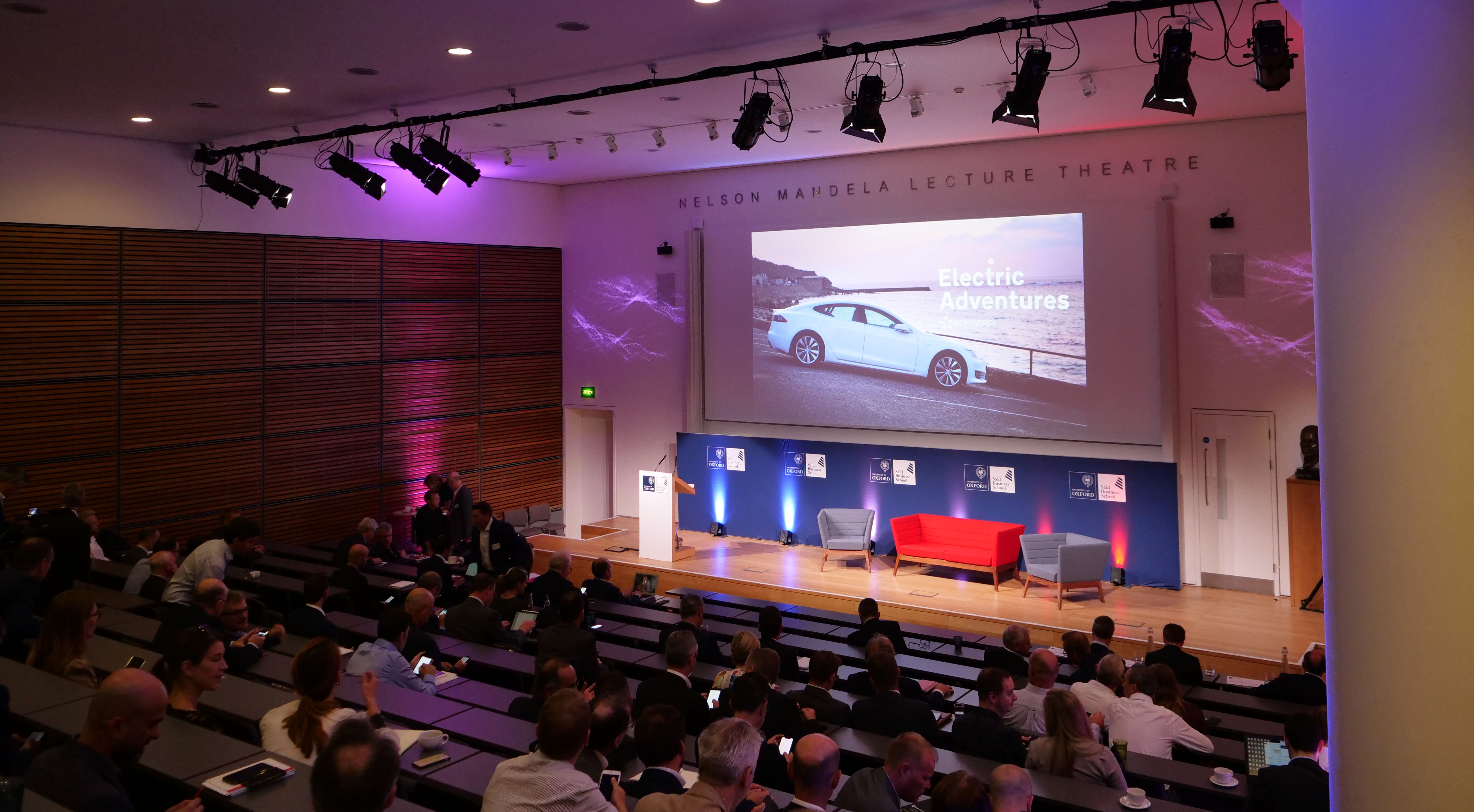
3) It’s about flexibility
The fleets and leasing panel really illustrated the type of demand on the system which will be needed to electrify our vehicles. Paul Gatti from Royal Mail described how they need to adapt fleets to be able to enter clean air zones, quite a challenge when they operate 48000 vehicles across every DNO, delivering mail to 30 million addresses a day in the UK. As we seek to electrify each mode of transport, from bikes to buses to eventually shipping and aeroplanes, we will need supply to match demand. It’s not just about the transport but the system that supports it. Dan Bentham, our head of Smart Research & Development at the time of the event underlined the role of flexibility in the energy system to help power EV’s and make the best of the opportunity provided by EV’s, for example through V2G technology. As a supplier our interest in e-mobility is two fold; 1) to reduce this complexity and to overcome some of the challenges for fleet owners and operators in undertaking the EV transition, 2) ensure that EV fleets have a positive impact in the UK energy landscape by not only decarbonising transport and improving air quality but actually facilitating the transition to a smart flexible, low carbon energy systems. For EV’s to be a success we need scaleability, interoperability and adaptability in the system.
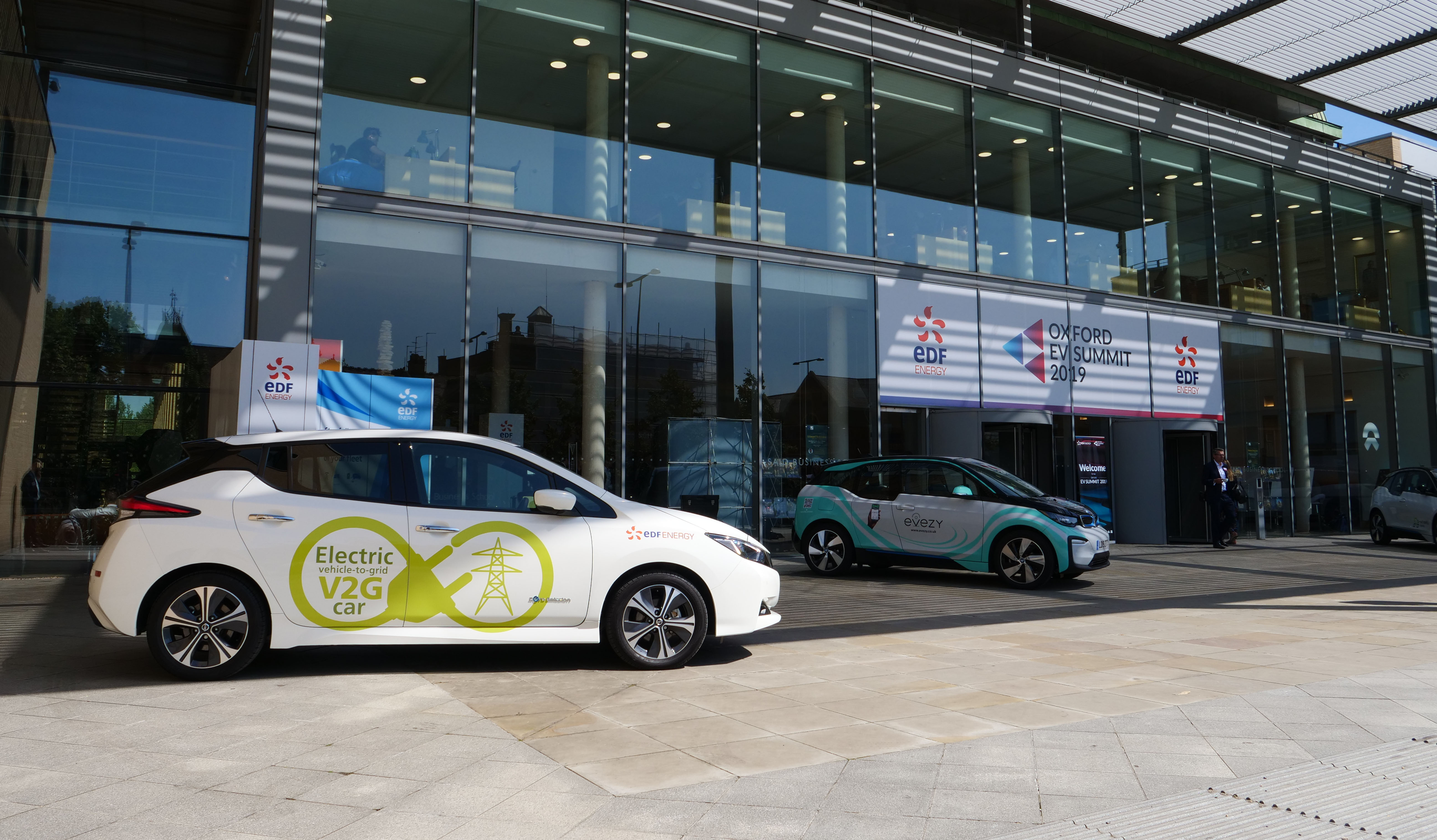
4) It’s about innovation
Innovation is what will make EVs more accessible and widely usable, according to the Technology panel. As James McGeachie, Director of Engineering, Prodrive highlighted, in the next ten years, technology will improve and range will increase, which will open the way to a mass adaptation. Innovation will solve numerous anxieties drivers have about EVs, including how to charge them, when and for how long.
We must however not forget that EVs are a relatively new topic. As Jacqui Murray, Deputy Director, Faraday Battery Challenge, Innovate UK mentioned, internal combustion engines have been with us for 100 years and we’re trying to catch-up in a very short space of time. Solutions with real, tangible benefits to customers are what will drive the mass market forward. It’s clear that innovation at a whole system level is needed.
5) It’s about collaboration
“Adding an electric solution is not just putting a vehicle on the street. You need to cooperate to make this happen. It goes from politicians, to civil servants, to grid companies, to every company, to the transport operators, to our customers- cooperation is the way forward” Magnus Broback, Charging Systems Director at Volvo Trucks Corporation
One of the overarching messages across both days is the need for collaboration, uniting all skills and talent. As with infrastructure, stakeholders have to work together to deliver greater availability of low cost EV and to make major improvement in technologies. But collaboration doesn’t just refer to suppliers and organisations. It’s also about how customers use cars. As Thomas Nindl, COO and Managing director at BRUSA Elektronik said, the next generation of drivers won’t necessarily own a car but will share cars with fellow users. The energy system change will be linked to collaborative behaviour change.
6) It’s about social responsibility
“I think we (the technology sector) have got a social responsibility to be honest- with councils, and the public sector who are strapped for cash- on exactly what is coming and in what numbers” Colin Herron (CBE), MD, Zero Carbon Futures
Many of the same barriers to EV’s still exist: out of reach, impractical, risky. But these can be overcome through cost parity, through the second hand EV market and through car-sharing. John Caress from Aston Martin predicts that by the end of next decade all cars will be electrified in some way, so we need to make sure that there’s a wide choice of vehicles and that EV’s are normalised for the average consumer.
At a grass roots level we need to empower employees to become advocates by rolling out fleets and competitive company car packages - after all, EV’s are shiny and new and easier to sell in than energy from heat for example!
To echo Beatrice’s talk, net zero is about how, when and where we use energy and about a shift in mind-set. We’re here to help with that change. Our Generation Electric campaign aligns well with the messages from the event and to make sure everyone’s included in this transition.

